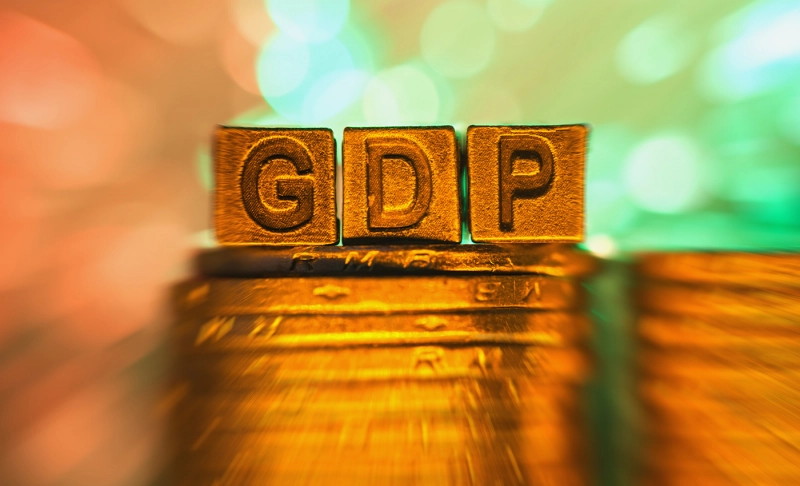By: Aswathi K
December 24 2020

The Indian economy has continued to slow post demonetization and GST roll-out. COVID-19 acted as a catalyst to worsening economic growth.
The Indian economy has continued to slow post demonetization and GST roll-out. COVID-19 acted as a catalyst to worsening economic growth. While addressing the FICCI(Federation of Indian Chambers of Commerce & Industry) Annual Convention, Prime Minister Narendra Modi pointed out that the recovery of the Indian economy after post-COVID-19 is encouraging and unexpected. According to the reports, comparing to the first quarter of the year, India's GDP is recording positive highs in the second quarter. Chief Economic Advisor K V Subramanian mentioned that the country had achieved a 4.4 percent growth in utility and almost a 0.6 percent growth in manufacturing. The agricultural field has recorded a grew of 3.4 percent in the second quarter that comes after the post-COVID-19. Compared to the July- September quarter of 2019, a growth of 3.4 percent has been noted in the gross value (GVA) from agriculture, forestry, and fishing in 2020. India had predicted its slowest economic growth in a decade at the beginning of 2020. In January, the International Monetary Fund slashed India’s growth forecast for 2020 by 1.2 percentage points to 5.8 percent. According to a Hindustan Times report, the Indian economy has continued to slow post demonetization and the Goods and Services Tax roll-out. COVID-19 acted as a catalyst to worsening economic growth. "Gross Domestic Product (GDP) has fallen into a technical recession, and most independent economists are unanimous that contraction this fiscal will be 8-10%. Even with the vaccine in sight, the economy will continue to be seriously impacted for the next two years before we can see a real turnaround," the report said.